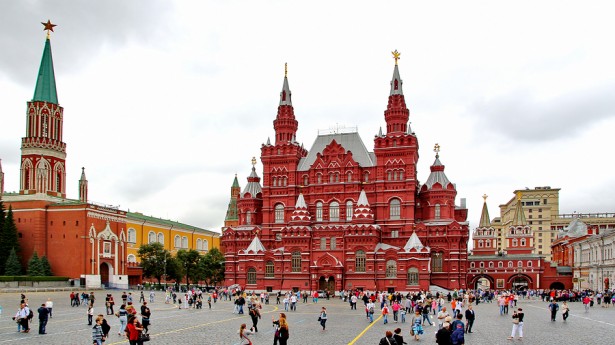The Bank of Russia announced Friday that it would keep interest rates the same because of growing inflation due to Western sanctions, according to its annual monetary policy strategy document. The central bank’s decision caused the ruble to fall to a new all-time record low of 37.938 after the rate announcement.
This year, Russia has already raised its interest rates three times, which many felt would have curbed inflation with a setback of just a few months. Inflation is projected to remain above seven percent for the rest of the year, far above the initial range of 3.5 to 6.5 percent, though it is sticking with its 4.5 percent inflation target in 2015.

Officials and analysts argue that aggressive Western and European Union sanctions applied against Russia have caused consumer prices to grow, and thus hurting the central bank’s initiative of restraining inflation and turning to an inflation-target policy next year.
“The impact from already imposed sanctions, including limiting access to foreign financial markets for Russian companies, will have a prolonged effect. This will constrain economic growth in 2015,” the Bank of Russia stated in its announcement. “If inflationary expectations anchor at elevated levels and there is a risk that inflation will exceed the target in the midterm, the Bank of Russia may continue raising the key rate.”
Peter Kinsella, a foreign-exchange strategist at Commerzbank, told the Wall Street Journal that the ruble likely wouldn’t have made any major gains if the Bank of Russia were to have hiked rates. In the future, if the Russia-Ukraine conflict comes to an end, the ruble will still have a higher risk premium to mirror political concerns.
Due to the persistent political uncertainty, the Ukraine conflict and a weakening overall economy, foreign investors have stayed away from Moscow. Domestic banks, particularly Sberbank and VTB, have been prevented from raising capital in Western markets. Instead, the government has provided funding for corporate loans, which have risen as much as 13 percent during the first half of the year.



